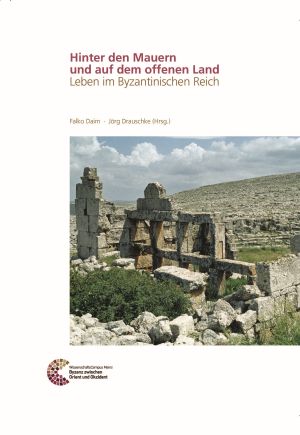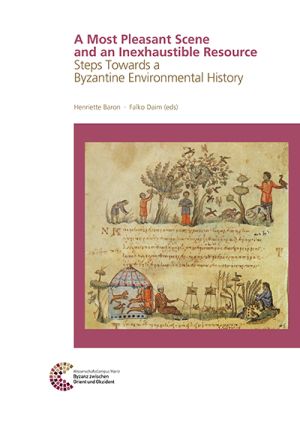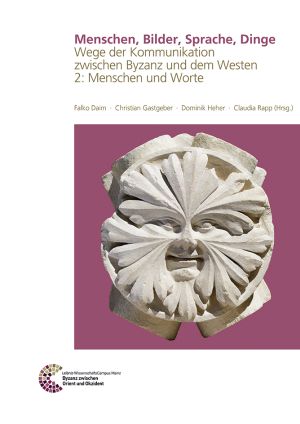Koder, Johannes
A Most Pleasant Scene and an Inexhaustible Resource Steps Towards a Byzantine Environmental History: Interdisciplinary Conference November 17th and 18th 2011 in Mainz
What do we know about the environments in which the Byzantine Empire unfolded in the eastern Mediterranean? How were they perceived and how did man and the environment mutually influence each other during the Byzantine millennium (AD 395-1453)? Which approaches have been tried up until now to understand these interactions? And what could a further environmental-historical research agenda look like?
These questions were the focus of an interdisciplinary conference that took place on 17 and 18 November 2011 in Mainz. The present conference volume brings together contributions from researchers who have approached these issues from very different perspectives. They focus on the explanatory power of traditional as well as »new« sources and the methods of Byzantine Studies and Byzantine archaeology for this hitherto little-explored sphere. In this way, we see how closely environmental history is interwoven with the classical topics of Byzantine research – be they of an economic, social or culture-historical nature.
Menschen, Bilder, Sprache, Dinge: Wege der Kommunikation zwischen Byzanz und dem Westen 2: Menschen und Worte
In 2018, the Roman-Germanic Central Museum Mainz presents in cooperation with the Schallaburg, the splendid Renaissance castle near Melk (Lower Austria), the exhibition »Byzantium & the West: 1000 forgotten years «.
Both Byzantium and the European West spring from the Roman Empire, but as early as Late Antiquity experience different developments. While the Roman Empire continued to exist in the East and passed seamlessly into the Byzantine Empire of the Middle Ages, pagan took its place in the West: the kingdoms of the Goths, Vandals, Anglo-Saxons, Lombards and Franks. Although Byzantium was respected or accepted as a major power by the other European entities for at least 800 years, territorial conflicts, disputes, and cultural differences quickly emerged. In addition, communication became increasingly difficult - in the "orthodox" East, Greek was the common language, while in the "Catholic" West, Latin was the lingua franca. Differences in liturgy and questions of belief intensified the disparities or were even (religio-) politically underlined to emphasize dissimilarity. But one still continued to admire "wealthy Constantinople" and the Byzantine treasures - among them the magnificent silks, ivory reliefs, technical marvels, plentiful relics and magnificent buildings.
The change came in 1204 with the conquest and plunder of Constantinople by the Crusaders. For the already weakened Byzantine Empire, this catastrophe meant a completely new situation as an empire in exile, whose emperor and patriarch had to flee to Asia Minor. Across much of the former European Byzantine Empire, crusader states spread; Venice and Genoa, which had previously been strongly present as trade powers under special treaties, became major determinants of the western powers in the East.
On the occasion of this exhibition, two accompanying volumes with a total of 41 contributions concerning the varied and changing relationships between the Latin West and the Byzantine Empire are being published. The volumes are structured according to the media of communication: people, images, language and things. They collect contributions from renowned scientists with archaeological, art historical, philological and historical priorities. Several overviews and detailed studies are drawn from research projects of the Leibniz- ScienceCampus Mainz: Byzantium between Orient and Occident, as well as the focus on Byzantine and medieval research of the Austrian Academy of Sciences in Vienna.









